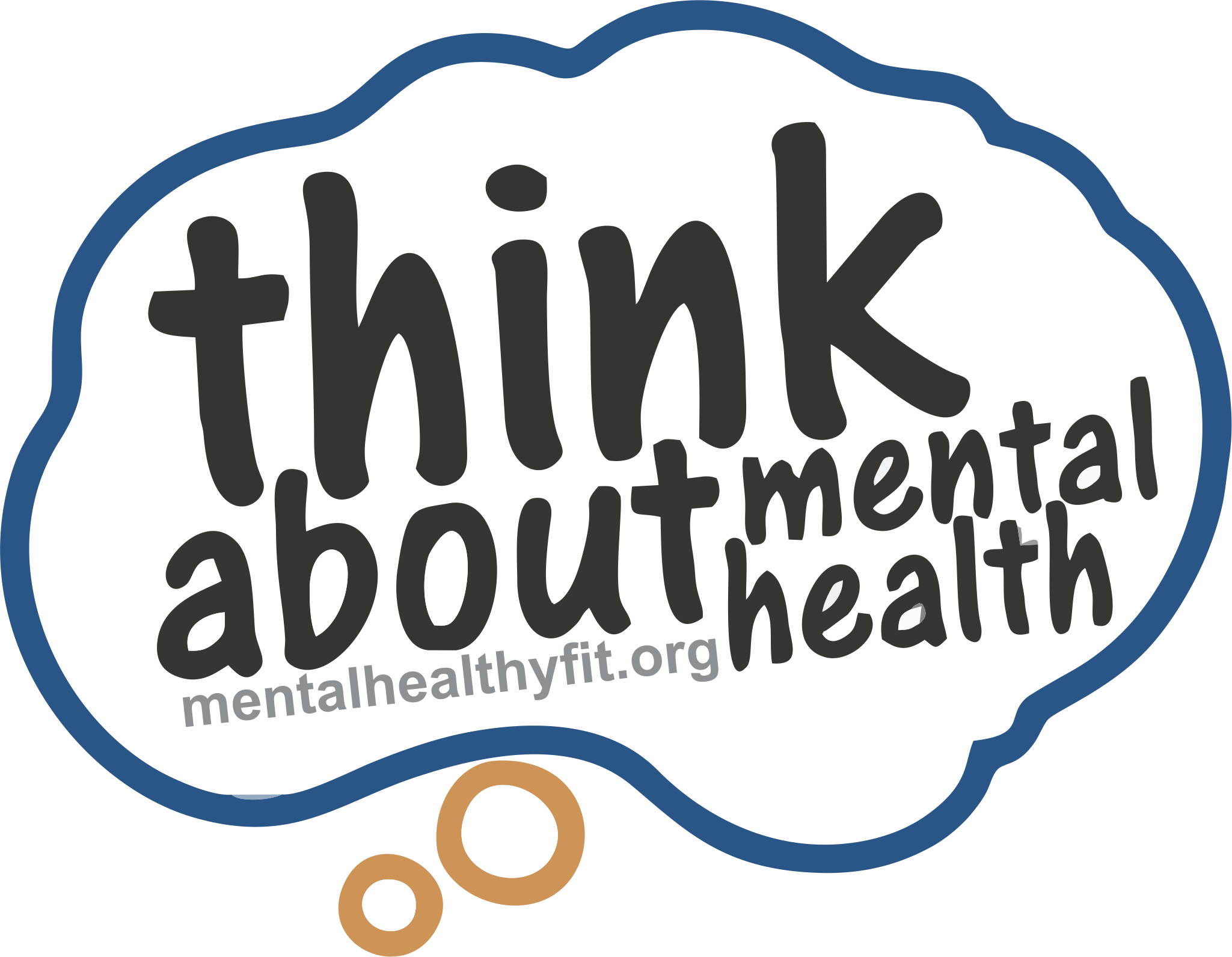DISSOCIATION
Dissociation or depersonalization disorder is marked by periods of feeling disconnected or detached from one's body and thoughts (depersonalization). The disorder is sometimes described as feeling like you are observing yourself from outside yourbody or like being in a dream.
Muddy Lady, Clean Baby
SOMETIMES WE ARE REMOVED FOR THE BETTER
Creator - a Livia dawn
shakila Oct 2011
lacking stability
rocking, winding, slipping
distracting inability
missing the step beneath your foot
crawling now, just a bit further
before you reach the edge of the bed
only to realize you aren't even home
retract, revise, retrace
attempt to find that peaceful place
forget to remember
remembering to forget
once you awake
realize that you were never asleep
What is out there to help?
First thing to know is that you are not alone. There are many people around you that will offer a helping hand if you reach out. Below are a few organizations that can help get you on the road to recovery.
MENTAL HEALTH AMERICA. the nation's leading community-based nonprofit dedicated to addressing the needs of those living with mental illness and to promoting the overall mental health of all Americans.
SIDRAN INSTITUTE. We help people understand, manage, and treat trauma and dissociation.
NAMI. The National Alliance on Mental Illness, is the nation’s largest grassroots mental health organization dedicated to building better lives for the millions of Americans affected by mental illness.
Treatment
- Cognitive behavioral therapy (CBT) helps change the negative thinking and behavior associated with depression. The goal of this therapy is to recognize negative thoughts and to teach coping strategies.
- Dialectical behavioral therapy (DBT) focuses on teaching coping skills to combat destructive urges, regulate emotions and improve relationships while adding validation. Involving individual and group work, DBT encourages practicing mindfulness techniques such as meditation, regulated breathing and self-soothing.
- Eye movement desensitization and reprocessing (EMDR) is designed to alleviate the distress associated with traumatic memories. It combines the CBT techniques of re-learning thought patterns with visual stimulation exercises to access traumatic memories and replace the associated negative beliefs with positive ones.
The goals of treatment for dissociative disorders are to help the patient safely recall and process painful memories, develop coping skills, and, in the case of dissociative identity disorder, to integrate the different identities into one functional person. - See more at: https://www.nami.org/Learn-More/Mental-Health-Conditions/Dissociative-Disorders/Treatment#sthash.puE8WQjD.dpuf


